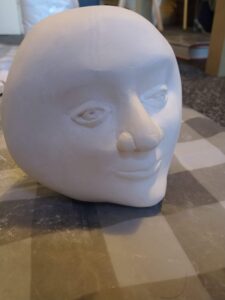

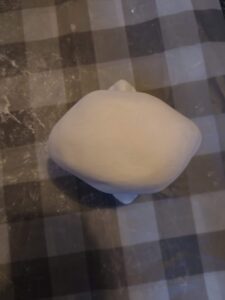

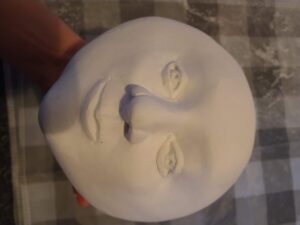
Month: October 2020
First experimentation with Artivive


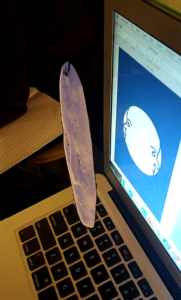
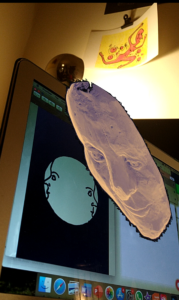
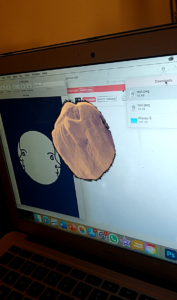
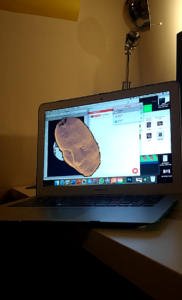
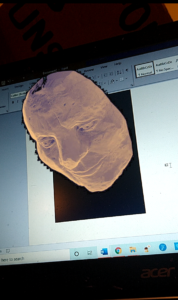

this still needs some work and its the wrong sculpture to go with the poster, but I like how this app makes my sculpture looks.
some more 2d captures of my 3d net
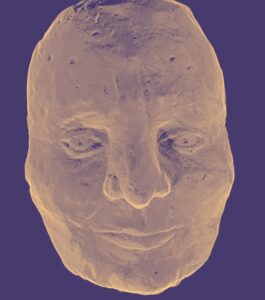
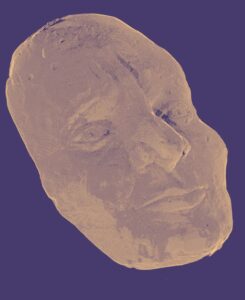
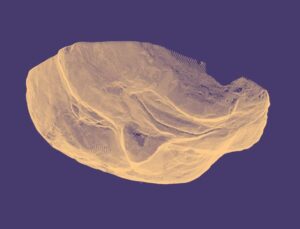
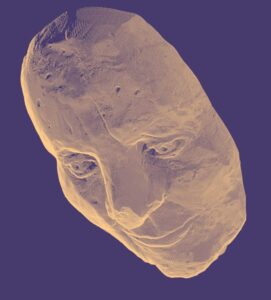
Moon Face poser

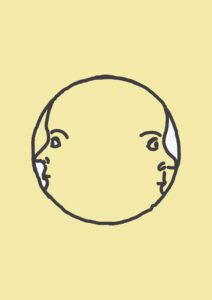
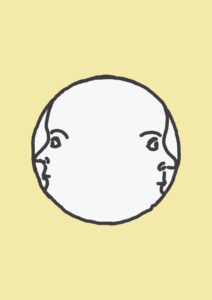
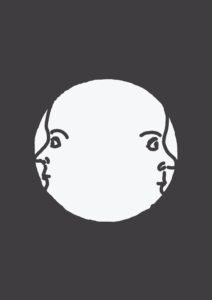



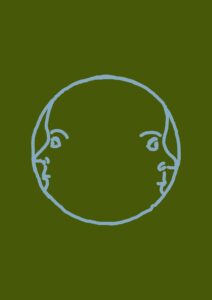
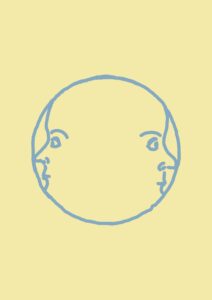
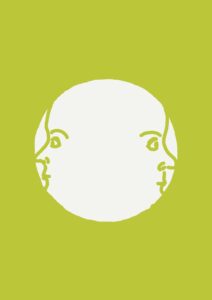











3D printed frowning face


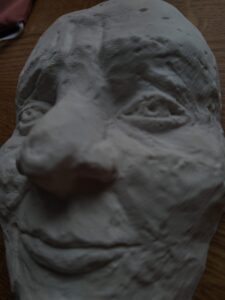

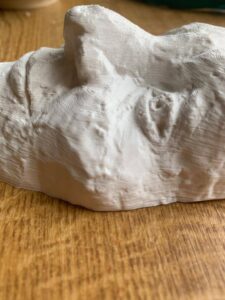
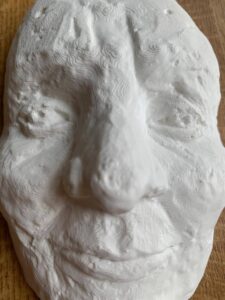
until you look closely ti is quite hard to tell the difference between the plaster original and the plastic clone. This is really exciting! The print has managed to capture a lot of detail! This tells me that a viewer would be able to hopefully respond to the copy in the same way they would the original. I am interested in now uploading the 3D map to make my sculpture available to a wider audience.
Artivive
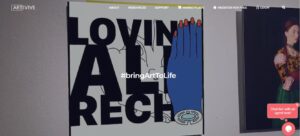
https://artivive.com/
‘Artivive is
The Augmented Reality Platform For Art
This new technology allows artists to create new dimensions of art by linking classical with digital art. The digital layer opens the doors to a whole new world of possibilities. Artists can take visitors on a journey in time and explain what lies behind, enhance the artwork or tell a story. This new world can be unlocked by any smartphone or tablet and offer an extended and emotional experience.
Our solution consists of two parts:
the Artivive app – the visualisation tool
the creational tool called bridge – where you can create the digital layer
Please feel free to join our fast growing community and register for an account which best suits your needs..’
- I think I can used this in my work. I can connect the 3D scanned net to a 2D image that can then be displayed through an app. I may want to consider making some 2d work.
Francoise Gamma
http://francoisegamma.computersclub.org/

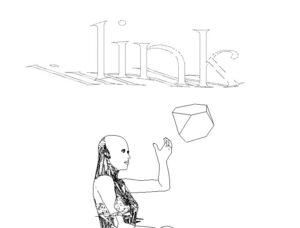

Her work seems to be purely internet/ computer based. She explores the aesthetic of software production as well as giffs and other forms of 2d graphics. Her work is dream-like and obscure. The work in the float gallery seems to have an one off aesthetic, this seems to be the first time she has publicly presented digital sculpture.
What we call Sculpture at the Float Gallery
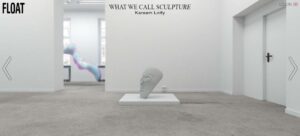
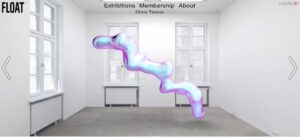
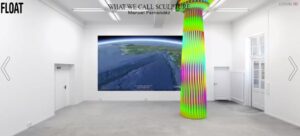
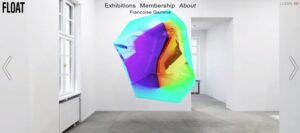
WHAT WE CALL SCULPTURE
The show focuses on the possibilities of sculpture through the use of digital tools in the context of Internet and the exhibition possibilities of the online medium. Since the advent of video games and the Internet, the notion of actual physical space has been complemented by the existence of virtual spaces, built using code and 3D software where graphics you can see on the screen not only occupy a physical space as storage on a hard disk,but through contemplation or interaction with simulated spaces we can perceive aspects as size, material and volume, all typical of traditional sculpture.
From Mario Bros for Nintendo 64 in the entertainment industry, through social networks like Second Life, to come up with new ways in which we perceive the real world using simulators such as Google Earth, the products generated by 3D software tools have changed dramatically shaped the way we relate and understand the real space, so much so, that an architect can now recognize the version of AutoCad with which a building is designed.
What we call sculpture is a collection of works that use sculpture procedures, installation, intervention, etc. as a means of digital experimentation to develop artistic strategies online.
Chris Timms
Francoise Gamma
Kareem Lotfy
Manuel Fernández
June 15, 2013
Hauptbahnhof Offenbach
Curated by Manuel Fernandéz
Float Gallery
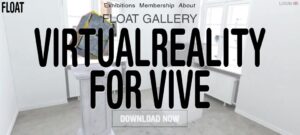
https://float.gallery/about/#Aboutfloat
- We show the work of artists working in the digital realm and support aesthetic and cultural practice in virtual environments.
By nature, we define ourselves as a global endeavour, resolving boarders and blending realities in the search of new forms of being, discourse and organization.
Float Gallery was founded and is run by artist Manuel Rossner.
- To grasp today’s society by theoretical means as well, we work with Internet-TBD on defining the conditions of our contemporary connected lifestyle.
As we reap the fruit of technological progress we also witness its disruptive effects on society. A promising idea to shape a liveable future for everybody might be a universal basic income
experimentation with texture and shape

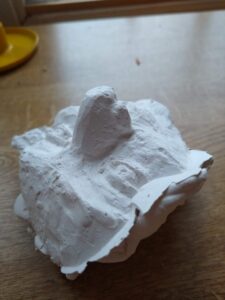
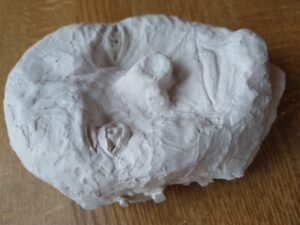
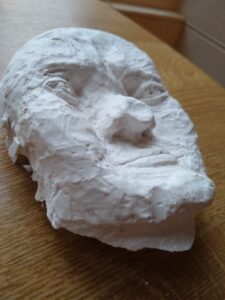
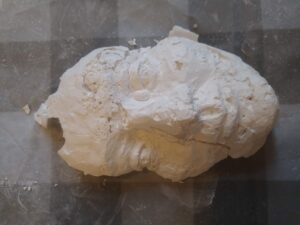
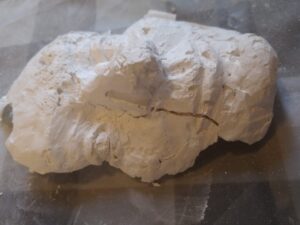
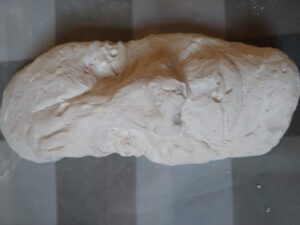
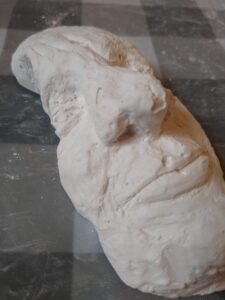
Playing around with the texture of the plaster and manipulating the molds to get new shapes.
![Isabella Inskip / MA FINE ART 4 STUDIO AND RESEARCH (2020-2021)[YR]](https://blogs.ed.ac.uk/s1758578_ma-fine-art-4-studio-and-research-2020-2021yr/wp-content/uploads/sites/2953/2021/03/cropped-Screenshot-2021-03-06-at-23.19.39.png)